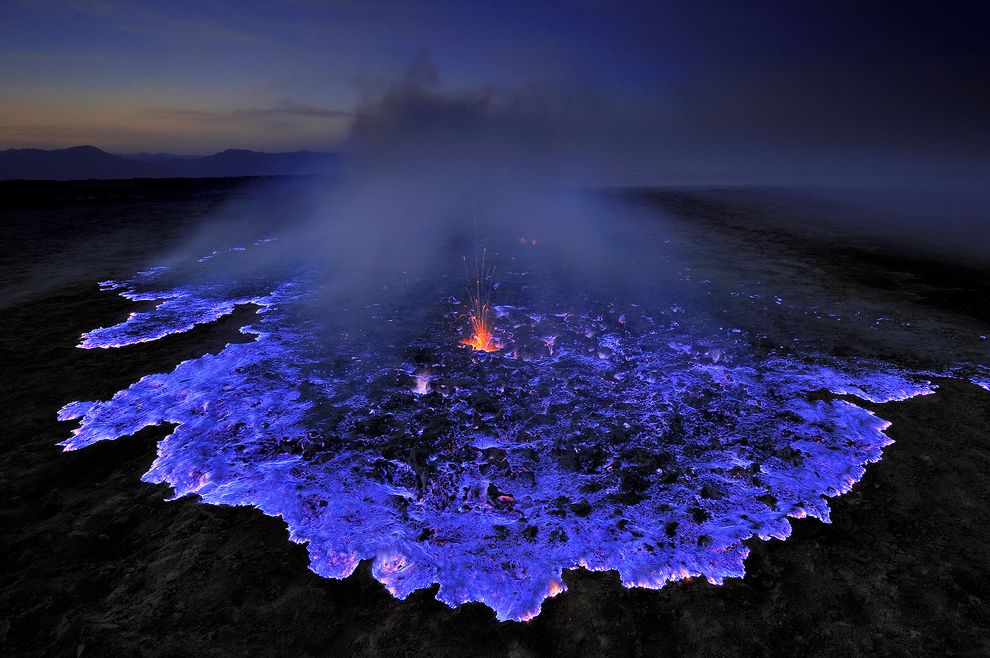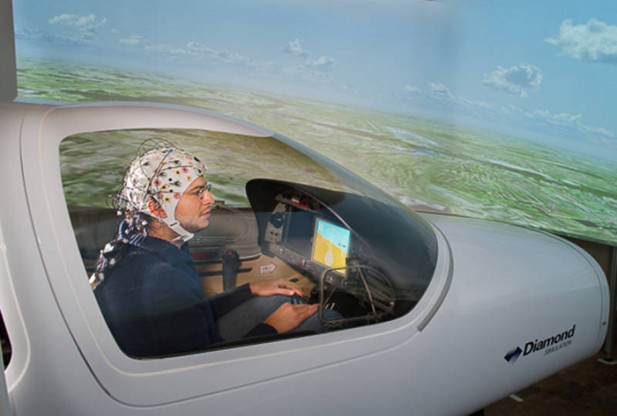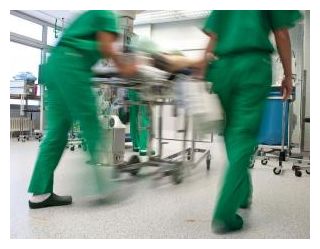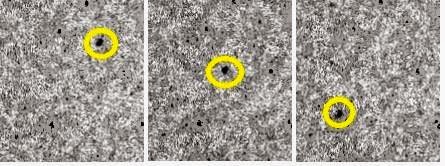
The single mutation was found in a long gene sequence called KIT ligand (KITLG) and is present in about one-third of Northern Europeans. People with these genes could have platinum blond, dirty blond or even dark brown hair.
"There's a half dozen different chromosome regions that influence hair color," said study co-author David Kingsley, an evolutionary biologist at the Howard Hughes Medical Institute and Stanford University in California. "This is one, but not the only one. The combination of variants that you have at all those different genes - that sets your final hair color."
Fish colors
Kingsley's team first encountered the gene about seven years ago, when they noticed that stickleback fish color ranged from dark to light depending on the type of water they inhabited. It turned out that a change in one base pair, or letter, in the KITLG gene was responsible.
The gene codes for a protein known as KIT ligand, which binds to receptors throughout the body and affects pigmentation, blood cells, nerve cells in the gut, and sex cells. A broken KITLG gene would be disastrous for an individual, Kingsley told Live Science.
"You'd have white hair and be sterile, because your gonads hadn't developed properly - and actually, you'd be dead, because blood cells didn't do what they're supposed to do in the bone marrow," he said.
Yet the mutation also seemed to be linked to normal variations in hair color. In population studies, blonds in Iceland were much more likely than brunettes to have the genetic variant.











Comment: With filters in place for extremism, child pornography and other unsavory topics, does what a company chooses not to index, or deem "unreliable," amount to protection or censorship?